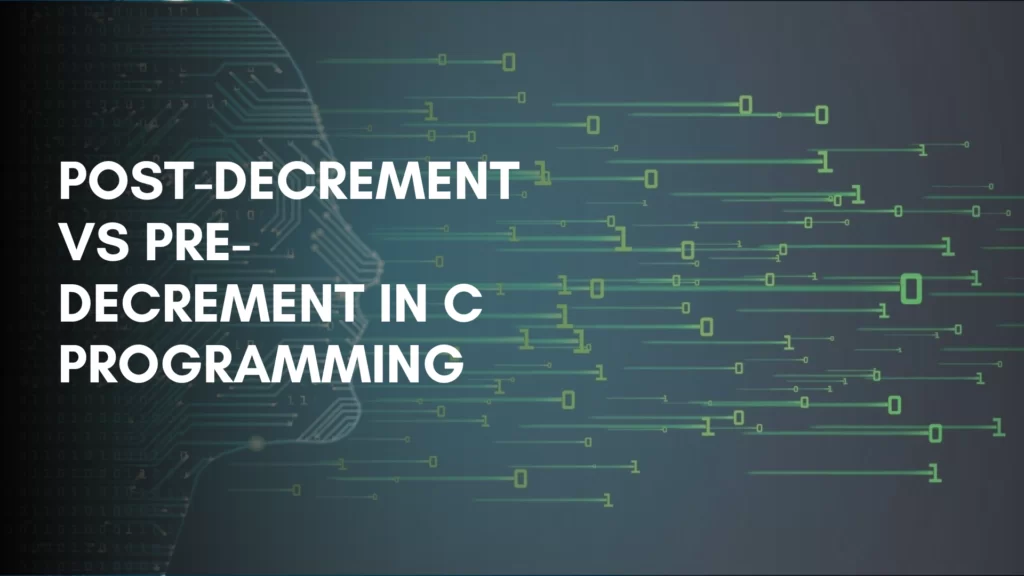Java is a programming language that has been in use for over two decades and is widely popular among developers around the world. It is used to create various applications, including games, web and mobile applications, and desktop software. In this article, we will cover the fundamentals of Java programming and advanced techniques to aid you in mastering the language.
Table of Contents
ToggleIntroduction to Java Programming
Java was initially created in 1995 by Sun Microsystems, which is now owned by Oracle Corporation, as a programming language for developing applets that could be run on web browsers. It has since become a powerful and robust programming language that is utilized for a wide variety of applications.
Java is a platform-independent, object-oriented programming language that is class-based. This means that programs created in Java can run on any platform that has a Java Virtual Machine (JVM) installed. It is also a statically-typed language, which requires variables to be declared with their data type before they can be used.

Setting Up Your Development Environment
To start programming in Java, you must first set up your development environment, which includes installing the Java Development Kit (JDK) and an Integrated Development Environment (IDE) such as NetBeans or Eclipse.
Basic Syntax and Concepts of Java Programming
Java has a simple and clean syntax that is easy to read and write. It includes basic concepts like classes, objects, variables, and methods. A class is a model for creating objects, while an object is an instance of a class. Methods are used to perform operations on objects, and variables are utilized to store data.
Variables and Data Types in Java
Java supports a range of data types, such as primitive data types (int, double, and boolean) and non-primitive data types (arrays and strings). Variables are used to store data, and their data type must be declared before they can be used.
Control Structures in Java
Control structures are used to manage the flow of a program. Java provides various control structures, including for loops, if-else statements, while loops, and switch statements.
Object-Oriented Programming in Java
Java is an object-oriented programming language based on objects. Object-oriented programming (OOP) enables you to create reusable code by incorporating data and behavior within objects.
Inheritance and Polymorphism
Inheritance and polymorphism are two essential features of object-oriented programming. Inheritance enables you to develop new classes based on current classes, while polymorphism enables you to use a single interface to represent many classes.
Exception Handling in Java
Exception handling is a critical aspect of Java programming. Exceptions are errors that occur during program execution, and Java offers a mechanism for managing these errors in an organized and efficient way.
File Input and Output in Java
Java offers numerous classes for reading and writing files, allowing you to read data from files, write data to files, and manage files and directories.
Multithreading in Java
Multithreading allows you to accomplish many tasks simultaneously within your program. Java provides a comprehensive range of classes and methods for creating multithreaded applications.
Networking in Java
Java provides a robust networking API that allows you to build client-server applications and communicate over the network. The networking API includes classes for creating clients, servers, and sockets, as well as classes for working with URLs.
Collections Framework in Java
The Collections Framework in Java provides a set of classes and interfaces that are used to store and manipulate groups of objects. Some of the classes in the Collections Framework include ArrayList, LinkedList, HashSet, and TreeMap.
ArrayList is a class that implements the List interface and provides a dynamic array for storing objects. LinkedList, on the other hand, is a class that implements the List interface and provides a linked list for storing objects. HashSet is a class that implements the Set interface and provides a hash table for storing objects. TreeMap is a class that implements the Map interface and provides a tree-based map for storing key-value pairs.
Java also provides support for generic types, which allow you to write code that is type-safe and can be used with different types of objects. Generics are implemented using type parameters, which are specified using angle brackets (< >).
Conclusion
Java is a powerful and versatile programming language that is used for a wide range of applications. In this article, we covered the basics of Java programming and then moved on to advanced techniques such as object-oriented programming, exception handling, and multithreading. We also discussed the Collections Framework in Java, which provides a set of classes and interfaces for storing and manipulating groups of objects.
With its platform-independence and extensive library of APIs, Java is a great choice for developing cross-platform applications that can run on a variety of devices and platforms. Whether you’re just starting out with Java programming or you’re a seasoned developer, there’s always something new to learn and explore in this exciting language.
Read also:- The Most Popular Programming Languages: A Comprehensive Analysis Of Trends And Rankings (2023)








